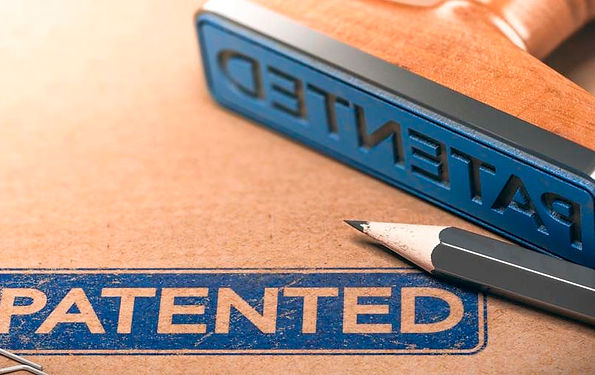

patents
A patent is a legal document that expresses the bond of creation or improvement between an inventor and an object, patents are divided into three groups that I will detail below;
1-PATENT OF INVENTION: immaterial property resulting from the inventive step, which results in something that can be distributed in the most diverse fields of technique, hitherto unused or unknown to man, it can be attributed to a new product, or industrialization process of this product, leaving the field of immateriality for the field of practical application.
2-Utility Model: it is patentable as a utility model every object of practical use and that is susceptible of industrial application, resulting from the intellectual work of its creator and that results in functional improvement. Not all nations adopt this classification in its industrial property code.
3-Industrial Design: In our globalized world today, an invention can be known anywhere on the planet in a few minutes. Unusual precision, and the object that was designed can be industrialized by the thousands, the industrial design grants an aesthetic innovation to the product, so that this product can be recognized by the buyer.
The Patent gives the inventor a temporary exclusivity on what he invented or on what he perfected, the period of temporary exclusivity starts from the date on which the inventor makes the patent deposit, that is, the delivery to the INPI of a description of what he invented, once patented, no one can produce the invented object or introduce improvements without the inventor's authorization. The Inventor does this, generally, for a fee, in this way a company does not need to have its research laboratory, just for this ,following and acquiring inventions of interest to your business, buying the patent, the company has the right to produce the object with exclusivity, until the privilege expires. twenty years after the filing date, the patent falls into the public domain and can be freely reproduced.